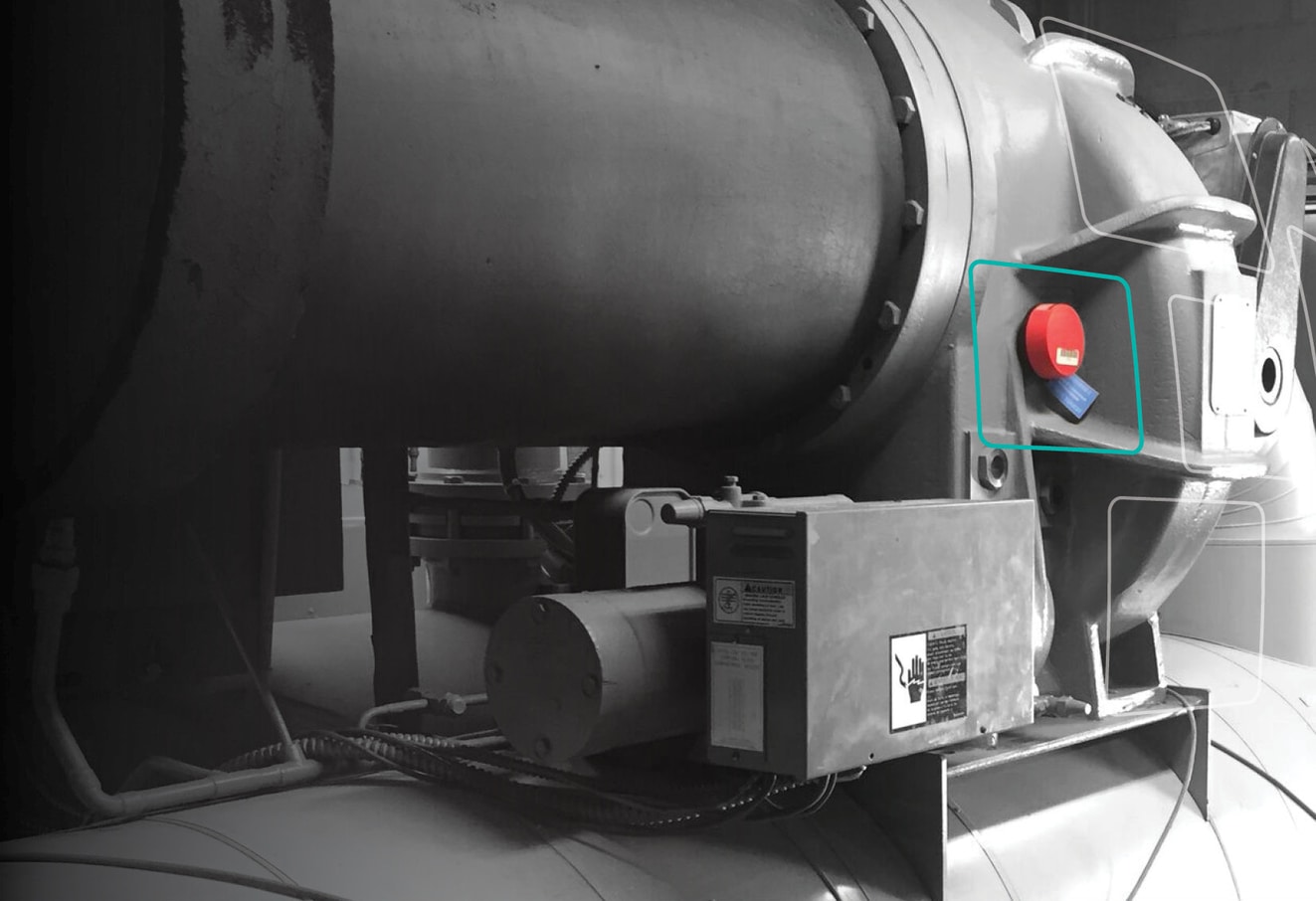Reliability Centred Maintenance: 3 Tips for Implementing A Strategy

Organisations the world over are always trying to find ways of maximising their overall reliability. Setting up customised Reliability Centred Maintenance (RCM) models can be an essential step in the right direction.
Before we get into the nitty-gritty of RCM models, we'll need to understand what these models entail. Essentially, reliability centred maintenance involves a continuous process of pairing critical systems with cost-effective maintenance strategies. Like other models we've discussed, organisations should prioritise strategies that suit their assets.
You'll need to implement different maintenance management styles for your various equipment types. While you can use the run-to-failure for some of your assets (although we're certainly no fans of that), others require continuous monitoring and proactive maintenance work to remain effective in terms of cost, output, downtime and energy efficiency.
Finding an ideal strategy will first require you to analyse the history of breakdowns. You'll also want to explore how and when your team has been performing inspections and repairs. This will help you choose a maintenance strategy that aligns with your business needs.
The Key to Optimal Reliability Centred Maintenance
So, what should you consider while creating optimal RCM strategies? Here are essential tips that can help you make a difference in your systems.
Understand the roles of your assets and equipment.
Before creating an optimised RCM model, it is essential to understand how your systems and equipment function. Ideally, you want to know how the performance of your equipment supports your company's needs. Additionally, these functions should be within the government standards and environmental safety requirements.
Your equipment's manufacturer documentation should provide most of this background information. Ensure that you note down the functions' scope along with their limitations. Too often we see this critical information overlooked, to the detriment of an organisation. Don't ignore how their usage corresponds to the set safety and environmental measures. The documentation will guide you on how to use your assets efficiently while guaranteeing safety to users and minimising the environmental impact.
Once you are clear about your assets' primary performance, you will need to compare this with the actual performance. This analysis will reveal whether or not you're making the most of your equipment. You'll also discover loopholes and performance areas that require improvement. Tools like FitMachine can provide real-time analysis and a historical picture of your asset performance. This accelerates your ability to decide on and implement the optimal maintenance strategy for your business.
Wrap this step up with an analysis of potential failure modes on your equipment. Essentially, you'll want to understand the nature of your equipment failure. Find out how often certain assets fail and whether the breakdown was the result of a process flaw.
Assess your response to failure.
Equipment failure is likely to happen at some point, especially for assets that you use often. Setting up an efficient reliability centred maintenance model needs you to identify the processes and actions you already have in place, so you know where to start. The benefit here though is that once you understand the factors that result in asset breakdown, you can mitigate the effects or even eliminate the factors altogether.
In order to prioritise your process improvement tasks, consider the impacts of failures from the varying equipment within your fleet. You'll likely start to build a detailed picture of the hefty repair costs, time investment and lost production costs that are associated with assets breaking down. You can use this information to implement proactive and preventive measures that focus on the biggest impact items first, and work towards eliminating breakdowns across all equipment over time.
Complete a criticality assessment.
We can't understate how useful it is to classify your assets in terms of criticality.
Ask yourself about the implications of an asset's failure. Additionally, you can assess other factors, including:
- Injury risks
- Environmental damage
- Productivity loss
- Compliance issues
- Maintenance and labour costs
Remember that RCM is an ongoing process that evolves as your business needs and requirements grow. Make a point of revisiting your previous decisions and assessments at regular intervals to maintain a robust maintenance strategy. This is particularly important as a strategy that worked well for an asset during its early life (in terms of asset health or cost effectiveness) may not fit the bill later in the asset lifecycle.
Continuous Improvement on your reliability centred maintenance models
Ultimately, RCM involves finding practices that work for each asset type's lifecycle/ Always remember that one-size-fits-all solutions may not apply when setting up these models. The more you understand your asset's repair and maintenance history, the easier it will be to enhance your strategy moving forward.
Monitoring your assets in real-time to understand their health and fitness will enable you to make the most informed decisions. You'll have an easier time setting up a robust, reliability centred maintenance approach. Continuous visibility ensures that you minimise unplanned downtime and boost your productivity.
Create an efficient RCM model and bid farewell to surprise breakdowns.
Photo by Guilherme Cunha on Unsplash

